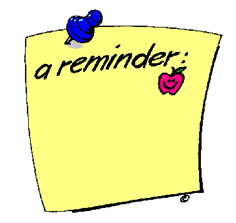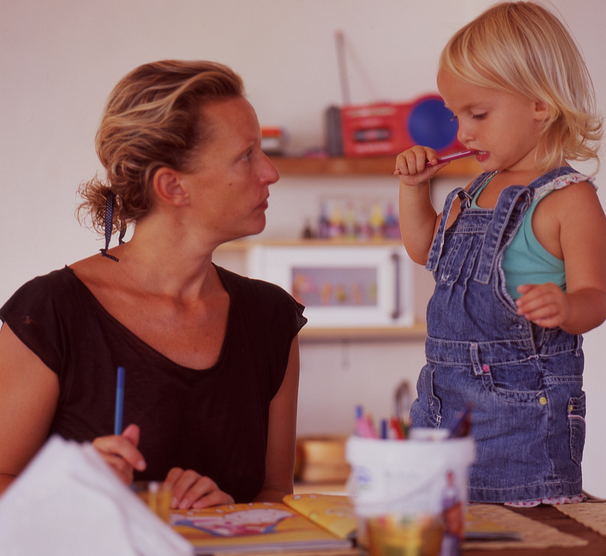Parent Coaching Module 4: Talking Bodies (Part 2)
The importance of understanding nonverbal communication
“Body language can communicate the thoughts and feelings of others.”
Goal: This module stresses the importance of understanding nonverbal communication (body language) for successful interactions with others. You will learn how to help your child learn to pay attention to your body language and interpret the meaning of nonverbal communications.
Why is this important?
- Nonverbal communication is the foundation for other forms of communication, including speech.
- Helping your child learn to pay attention to the nonverbal language of others (e.g., facial expressions, gestures, body positions) teaches your child an important skill for successful communication.
- Using and understanding body language is a way for your child to engage in communication and interaction with others.
What can you do to help your child learn about nonverbal communication? The following sections will guide you and offer activities you can use to help your child learn to pay more attention to and understand the body language of you and others.
Additional reading and videos will guide your learning, and we have included “Refrigerator Posts” you can download, print, and post on your fridge, playroom, or anywhere else as a handy reminder of ways you can incorporate learning often throughout the day.
Click on the following links to learn more about ways you can help your child increase his understanding of others’ nonverbal communication
Step 1: Exaggerate Your Gestures
Step 2: Add Predictable Steps
Step 3: Provide Needed Help
Module Summary: The goal of this module has been to provide strategies and resources that you can use to increase your child’s understanding of others’ nonverbal communication. By exaggerating your gestures, adding predictable steps in routines and setting up situations to provide needed help, you are teaching your child to pay attention to you and share in fun and meaningful activities. When you practice these strategies your child learns how we communicate and interact with you and others.
You will know you are being successful when your child takes your outstretched hand, follows your point to an object of interest, or asks for your help by handing you a container she needs your help to open. These early nonverbal communications lay the foundation for spoken language.
 Refrigerator Posts: Download and print these pages to post as a reminder of ways you can help your child learn to use and to understand others’ nonverbal communications.
Refrigerator Posts: Download and print these pages to post as a reminder of ways you can help your child learn to use and to understand others’ nonverbal communications.
Back to Parent Coaching Module Homepage

